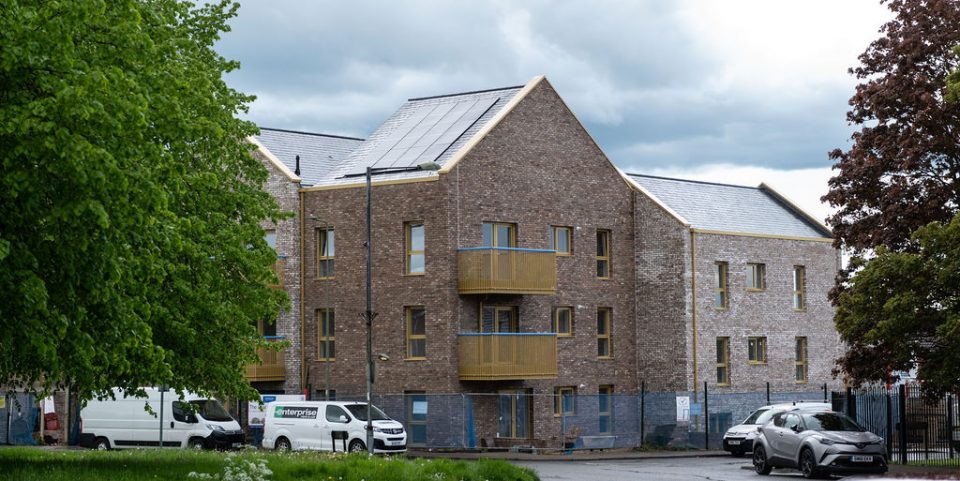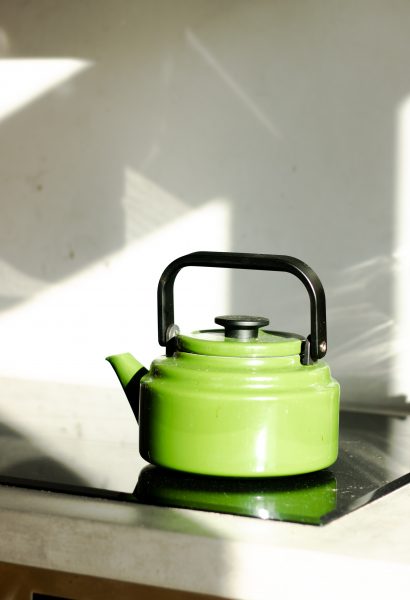- News
- Solar Saver phase two launches in Rose Hill
The next phase of the Rose Hill Smart and Fair Neighbourhood Trial is launching next week with the start of the ‘Solar Saver’ offer.
The aim of this trial is to learn whether residents of a block of flats with rooftop solar panels can benefit from the clean energy generated, without owning the panels themselves. Can residents shift their energy use to make the best use of solar generation when the sun is shining, and the panels are creating electricity?
During the first phase of the trial, we looked at data showing us how much electricity is generated by the solar panels and when the ‘peak generation’ periods are. During the summer, we found this to be between 1 and 4 pm each day, with sunny conditions naturally producing the most electricity.
With our partners in the project at Younity (Co-op Energy) we also collected data from participating flats over six months to assess how much energy is used within the building. At the moment, each flat’s energy use fluctuates throughout the day and this ‘demand’ does not fit with the generation from the solar panels. Many residents’ electricity use increased in the evening when they get home to cook or do the washing, but some residents, for example those who work a shift pattern, were tending to use more electricity during the day.

What do we want to learn in phase two?
Our aim is to understand whether, when asked, residents of the flats can shift a chunk of their energy use to align with peak generation from the solar panels. Can they move tasks like washing, using the tumble dryer, and prepare meals using electricity to happen between 1 and 4 pm to align with peak solar generation?
How will it work?
We will ask trial participants to shift energy-hungry activities to take place between 1 and 4 pm on some specific dates throughout the summer. We will provide some tips and advice on the best ways to shift their electricity use.
We will be able to measure how much people have managed to shift their energy use and reward them for doing so. As well as testing whether financial incentives can help encourage shifts in energy use, we also want better understand how the timing of notifications and different communications can best support shifting. For example, we will be varying the amount of notice we give residents about the trial days.
We will also be asking participants to keep a diary about their experiences of shifting their energy, so we can better understand their experience of participating. For example, were there some times of activities it was easier to shift than others, and any insights we can gain about barriers too participation.

What we hope to learn
Through the trial we hope to demonstrate whether the collective actions of residents in a block of flats can deliver meaningful flexibility – in this instance, making the most of solar generation on their building.
A key part of the Smart and Fair Neighbourhood Trials is to also understand how more people can benefit from the transition to a smarter, more local energy system.
We believe that the grid edge has the potential to offer a significant amount of flexibility to the energy system – and with the right opportunities and support this can harnessed in a way that’s good for the energy system, good for people, and good for the planet.
We’re looking forward to sharing further updates on the trials as they progress.